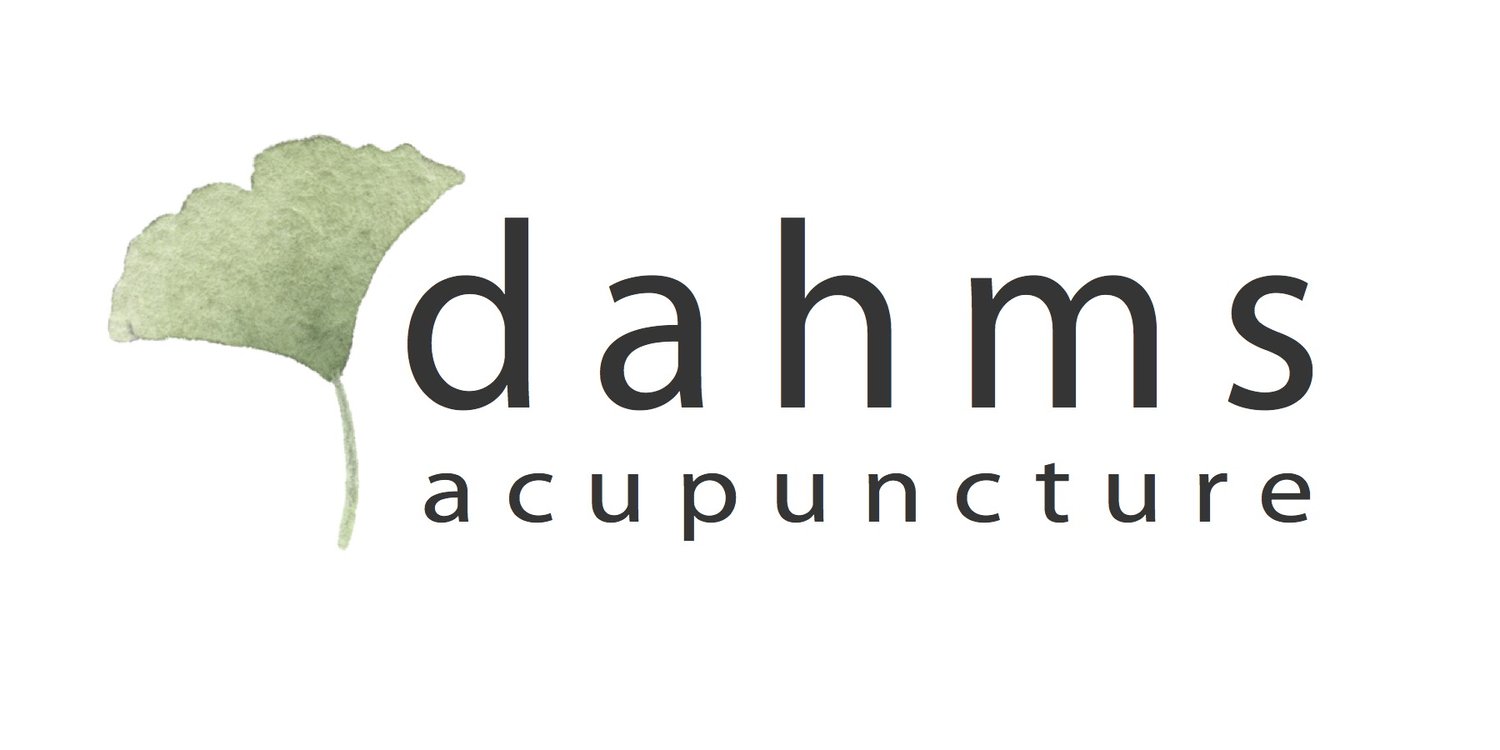Dry Needling and Orthopedic Acupuncture
/Acupuncture has gained popularity over the past decade. More people seek it out and more physicians are referring their patients to acupuncturists for various conditions. Most have heard of if not experienced acupuncture, but have you heard of dry needling? Despite the growing popularity surrounding both therapeutic approaches, there remains a lot of confusion about how they differ from each other.
What is Dry Needling?
Those who seek out dry needling do so generally for musculoskeletal issues. Acupuncture needles are inserted into trigger points instead of traditional acupuncture points. A trigger point is a sensitive area of contracted muscle fibers that can affect the function of the muscle, restrict range of motion, and cause referral pain or local tenderness. It is called “dry” needling because nothing is injected into the muscle. In contrast, “wet” needling is where cortisone, Botox, anesthetics or other agents are injected. Those who perform dry needling are not usually trained in traditional Chinese medicine, but have training in other areas such as physical therapy. In California, dry needling performed by anyone other than a physician or licensed acupuncturist is prohibited by state health boards.
What is Orthopedic Acupuncture
Orthopedic acupuncture is similar to dry needling. Where they differ is that acupuncturists, including myself, have extra training in orthopedics and sports medicine in addition to our Traditional Chinese Medicine (TCM) training. We rely on TCM theory to conduct a thorough intake as well as perform an orthopedic assessment to identify the injury and any predispositions for injury you may have, as well as the best treatment approach to help the injury heal. Treatment is approached using trigger-points/dry-needling, muscle motor points, and electro-acupuncture, supported with traditional acupuncture points. There are additional considerations for any peripheral nerve injury and cutaneous nerve issues. Most treatments also include myofascial, soft tissue, and heat therapies, such as cupping, gua sha, and moxibustion, which work to address all levels of musculoskeletal injury and dysfunction.
What are the benefits of Orthopedic Acupuncture?
With Orthopedic acupuncture, you receive a more comprehensive assessment and tailored treatment in order to achieve superior outcomes. In cases where orthopedic acupuncture is incorporated, patients report a quicker and more complete recovery.
What conditions can be treated?
Some commonly treated conditions include:
•low back pain
•knee pain
•rotator cuff injury
•achilles tendonitis
•muscle tension
•neck pain
•muscle strains
•tendonitis
•plantar fasciitis
•tennis elbow (lateral epicondylitis)
•golfer's elbow (medial epicondylitis)
•De Quervain's tenosynovitis
•carpal tunnel syndrome
•thoracic outlet syndrome (TOS)
•sciatica
•trochanteric bursitis
•frozen shoulder









